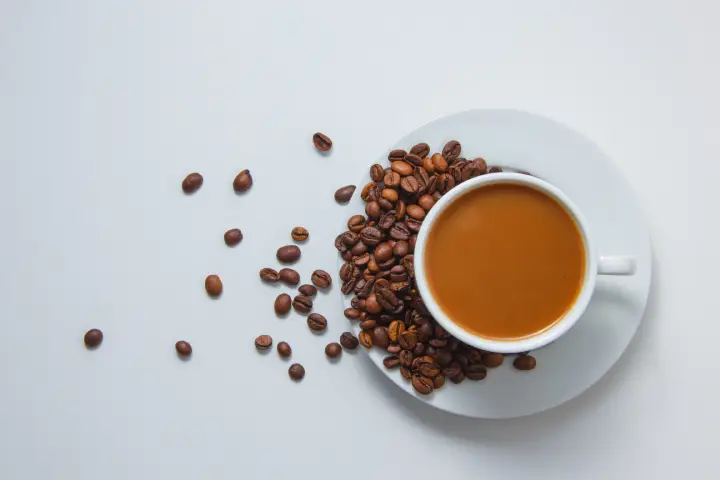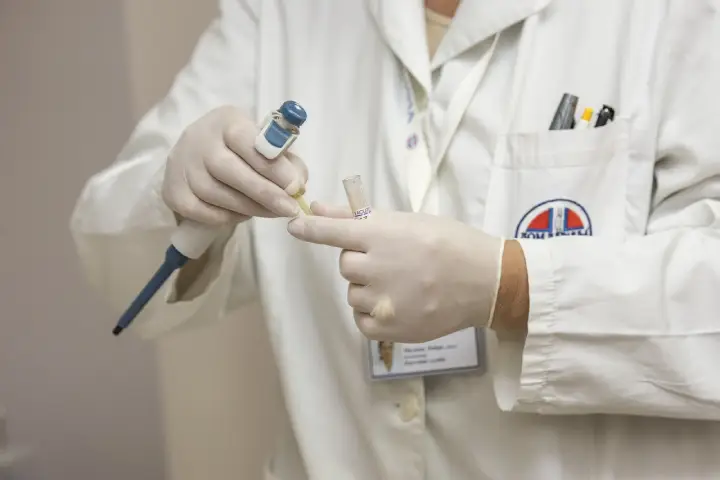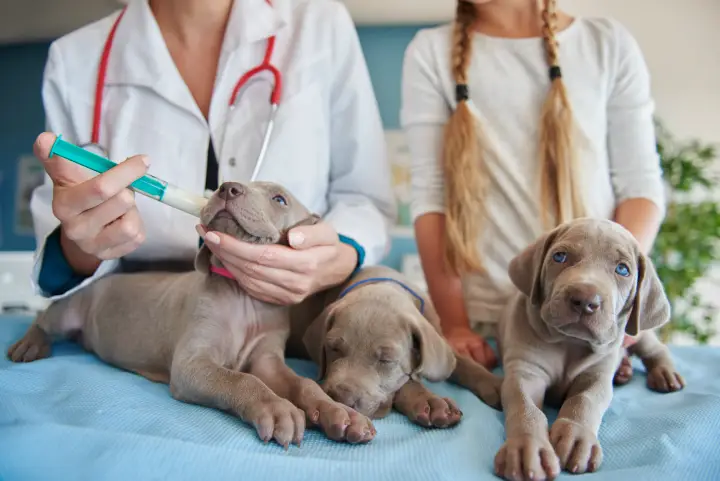Coffee is a delicious part of many people’s morning routines, but what do you do with the coffee grounds after you’re done brewing? Can you eat them or cook with them? or are they just for composting? Turns out, coffee grounds have some great nutritional benefits and can in fact be eaten! Keep reading to find out how to get the most out of your java!

When You Eat Coffee Grounds, This Could Be Happen
Caffeine in coffee affects your health
The amount of caffeine contained in coffee grounds can affect your health in many ways. It can elevate your blood pressure, raise your body temperature, increase the production of saliva and stomach acids, and increase your heart rate and metabolism. The effects can vary depending on the strength of your coffee and how much you drink.
Studies have shown that moderate amounts of caffeine are safe for pregnant women. Three cups of coffee have about 300 mg of caffeine. However, women should avoid drinking more than three cups a day. Drinking more than this may increase the risk of miscarriage, low birth weight, and SIDS in the newborn. Consuming higher doses of caffeine may also cause irritability and increased bowel movements in the baby.

The caffeine in coffee may affect the blood sugar levels of people with diabetes and heart disease. It may also cause an increase in symptoms of bipolar disorder and anxiety. It may also slow blood clotting and make bleeding disorders worse. People with epilepsy should use caution when drinking coffee with caffeine in it. Drinking coffee can also cause gastric reflux and increase blood pressure. Therefore, it is best to limit your coffee intake before going to bed.
Although there is controversy about the caffeine content in coffee grounds, the U.S. Food and Drug Administration (FDA) recommends a maximum daily caffeine intake of 400 milligrams for healthy adults. This is the equivalent of four to five cups of coffee. However, people vary in their tolerance to caffeine and metabolize it differently. If you are pregnant or breastfeeding, talk to your healthcare provider about your caffeine intake.
Polyphenols in coffee fight harmful UV rays and pathogens
The antioxidant polyphenols in coffee and tea exhibit various health-promoting properties, including anti-cancer and free radical scavenging activity. Recent studies on the polyphenol content of coffee and tea have shed light on the potential benefits of these compounds. However, their bioavailability decreases during the roasting process. Different roasting methods have different effects on the number of polyphenols that are available in the brew.
Coffee grounds contain polyphenols, which can act as NP building blocks. When oxidized, coffee aqueous extracts form nanoparticles (NPs). The formation of NPs is thought to occur by oxidative coupling reactions between polyphenol moieties and catechol groups in chlorogenic acid. They are also capable of promoting oxidative reactions.
The antioxidants in coffee can help prevent skin cancer caused by prolonged exposure to the sun. Coffee contains Vitamin B3 aka Niacin, which has been proven to inhibit the growth of unwanted skin cells. It can also help protect against non-melanoma skin cancer.
Caffeine is toxic to cats and dogs

Caffeine is a poison that can cause severe health consequences in cats and dogs. The symptoms of caffeine poisoning can begin within 30 minutes and can last anywhere from six to 12 hours. According to experts, a cat’s body weight is equivalent to 10 milligrams of caffeine. A typical cup of coffee has about 150 milligrams of caffeine.
Dogs are particularly susceptible to caffeine toxicity. A single dose of caffeine can lead to significant symptoms and may lead to seizures. The amount of caffeine that a dog needs to experience toxicity is approximately 80-150 milligrams per kilogram. If the amount of caffeine consumed is large, however, the animal could experience severe toxicity.
The symptoms of caffeine toxicity in cats and dogs include an increased heart rate, restlessness, tremors, and seizures. The gastrointestinal system is also affected by caffeine. The pet may vomit or have diarrhea. It may also experience seizures or cardiac arrhythmias.
Dogs and cats are particularly sensitive to caffeine. Although they rarely drink coffee or soda, they are commonly exposed to the drug by ingestion of over-the-counter stimulants. Common brands include Vivarin, Dexatrim, and Excedrin, which contain up to 200 milligrams of caffeine per pill. If you are giving your dog or cat one of these medications, make sure you consult with your veterinarian immediately to make sure it is safe.
Symptoms of caffeine poisoning in a pet may take a few days to develop. During that time, your veterinarian may give your pet an IV of fluids to flush out the excess caffeine. He may also administer medications to control seizures, blood pressure, and diarrhea. Fortunately, most pets will survive if treatment is received immediately.
If you accidentally give your pet coffee or chocolate, he or she may experience vomiting or other symptoms. In that case, contact your veterinarian or animal poison control center. Your veterinarian may induce vomiting to remove the excess caffeine. During this process, he or she will also monitor the heartbeat and blood pressure.
Caffeine is toxic to cats and dogs and can cause severe health problems. Your pet may become lethargic, run fever, or even drift into a coma. Some pets may even die. Caffeine is particularly dangerous to small dogs. A dog may die within 30 minutes or two hours after ingestion.
Adding coffee grounds to baked goods
Baking with coffee grounds is an interesting way to add coffee flavor to baked goods. It can add a rich aroma and flavor to a cake or dessert. If you enjoy espresso coffee, you may enjoy the extra flavor and aroma that coffee grounds provide. However, it’s important to choose the right coffee for your recipe.
First, make sure to dry the coffee grounds before using. Wet grounds can leach coffee and absorb other flavors. Another thing to keep in mind is that coffee ages quickly. It’s best to keep brewed and chilled coffee in an airtight container. Old coffee tends to give the final product an off-taste.
There are two ways to use ground coffee in baking. One is to use it in small amounts. This way, the coffee won’t turn grainy during baking. Small amounts will also blend in well with the other ingredients. Adding coffee grounds in small amounts is a convenient way to add a strong coffee flavor to your baked goods.
Video Explanation of Eating Coffee Grounds







